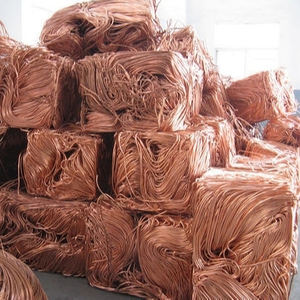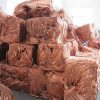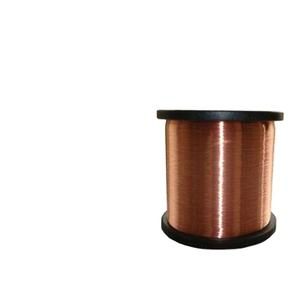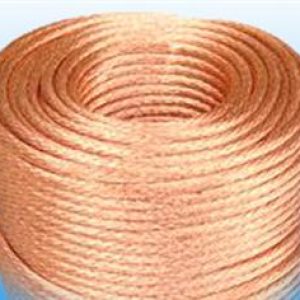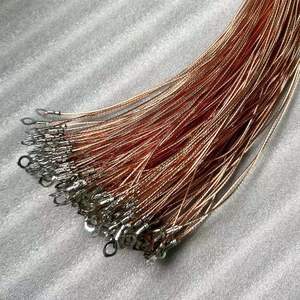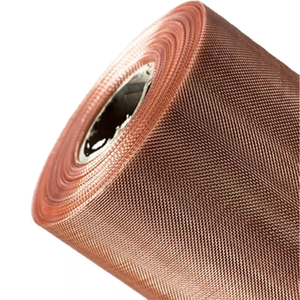
(Household electric wiring flexible copper building wire)
Parameters of Household electric wiring flexible copper building wire
The “flexible copper building wire” in household electrical wiring refers to a type of wire that is designed to be bendable and flexible without breaking or warping. This allows the wire to fit into smaller spaces and withstand a greater load than rigid cables, which can be useful for applications where space is limited.
The flexibility of copper building wire is achieved through the use of insulation layers that are thin enough to allow the wire to conform to the shape of its surroundings while still providing adequate resistance to bending and strain. The copper core of the wire is also wrapped in plastic insulation, which adds an additional layer of protection against damage from physical impact.
In general, flexible copper building wire is available in different gauges and sizes, depending on the specific application. It is commonly used in cable installation and wiring systems for homes and businesses, as well as in other industrial and commercial applications where space is at a premium.
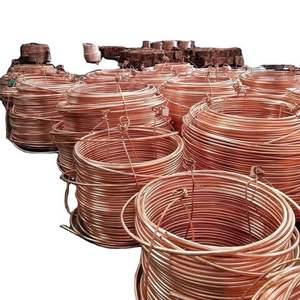
(Household electric wiring flexible copper building wire)
Applications of Household electric wiring flexible copper building wire
-
Electrical Wiring: Used extensively in building wiring for lighting, heating, and power distribution due to its high conductivity and safety.
-
Electronics: Found in PCBs, transformers, motors, and various electronic components where precise signal transmission is crucial.
-
Telecommunications: Copper wires, especially twisted pairs, are used in telephone lines and data transmission cables.
-
Power Transmission: Thicker copper wires are used in power grids for transmitting electricity over long distances.
-
Automotive Industry: Copper wiring is essential in vehicles for the electrical system, including ignition, lighting, and control systems.
Company Profile
Copper Channel is a trusted global metal material supplier & manufacturer with over 12-year-experience in providing super high-quality copper products and relatives products.
The company has a professional technical department and Quality Supervision Department, a well-equipped laboratory, and equipped with advanced testing equipment and after-sales customer service center.
If you are looking for high-quality copper materials and relative products, please feel free to contact us or click on the needed products to send an inquiry.
Payment Methods
L/C, T/T, Western Union, Paypal, Credit Card etc.
Shipment
It could be shipped by sea, by air, or by reveal ASAP as soon as repayment receipt.
FAQs of Household electric wiring flexible copper building wire
Q: Why is copper used more than other metals for wiring?
A: Copper’s high conductivity, combined with its relatively low cost compared to precious metals like gold or silver, makes it the preferred choice for electrical wiring applications.
Q: Is Household electric wiring flexible copper building wire insulated?
A: No, not all copper wires are insulated. Bare copper wire is used in grounding applications and where direct contact with other conductive materials is intended.
Q: How do you determine the gauge of a Household electric wiring flexible copper building wire?
A: The gauge of a Household electric wiring flexible copper building wire refers to its diameter and is typically measured using the American Wire Gauge (AWG) system, where a lower number indicates a thicker wire.
Q: Can Household electric wiring flexible copper building wire be recycled?
A: Yes, copper is highly recyclable. Old or scrap copper wire can be melted down and reused without losing its properties, making it an environmentally friendly material.
Q: What is the difference between stranded and solid copper wire?
A: Solid copper wire consists of a single, unbroken strand, whereas stranded copper wire is composed of multiple thinner wires twisted together, providing increased flexibility and durability, especially in applications where frequent movement or bending occurs.
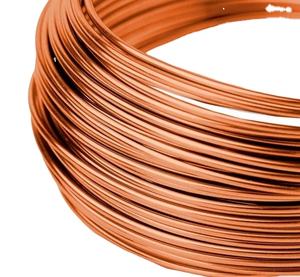
(Household electric wiring flexible copper building wire)
